
Marmalade SDK Mobile Game Development Essentials
¥90.46
A practical tutorial that's easy to follow with lots of tips, examples and diagrams, including a full game project that grows with each chapter,This book targets Professional and Indie game developers who want to develop games quickly and easily to run across a huge range of smartphones and tablets. You are expected to have some experience writing games using C++ on other platforms. Its aim is to show how to take your existing skills and apply them to writing games for mobile devices (including iOS and Android) by explaining the use of the Marmalade SDK,Familiarity with games and 3D graphics programming would be helpful. No knowledge of specific mobile SDKs such as iOS or Android is required.
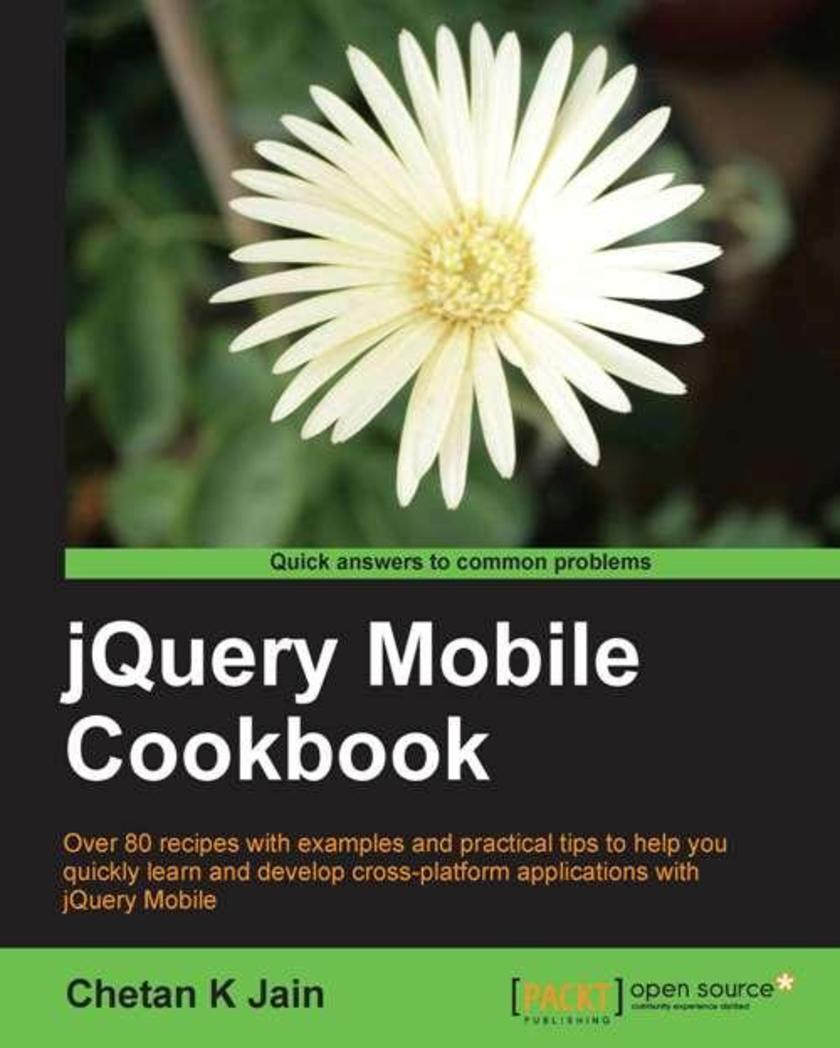
jQuery Mobile Cookbook
¥80.65
This book is written in Cookbook style with a lot of practical tips, code, and step-by-step examples, to ease and quicken your learning curve. If you are a beginner with jQuery/JavaScript skills, this book offers you numerous examples to get you started. If you are a seasoned developer, this book lets you explore jQuery Mobile in greater depth.

LMMS: A Complete Guide to Dance Music Production
¥80.65
Written in a step by step tutorial style, learning comes as a result of creating a complete dance music track, along with the explanations that follow each stage. You have a computer and a love for dance and electronic music. Maybe you’ve been to some clubs, and the energy of electronic dance music has you completely under its spell. You see a DJ spinning, and everyone is dancing. It’s infectious. You want to make music that affects people that way. Today the open source community has offered you LMMS. Read this book, and you’ll be shown a process to creating great dance music. This book is going to connect the dots if you have already started making dance music, and provide a very solid foundation if you are just getting started – no matter what your skill level is.
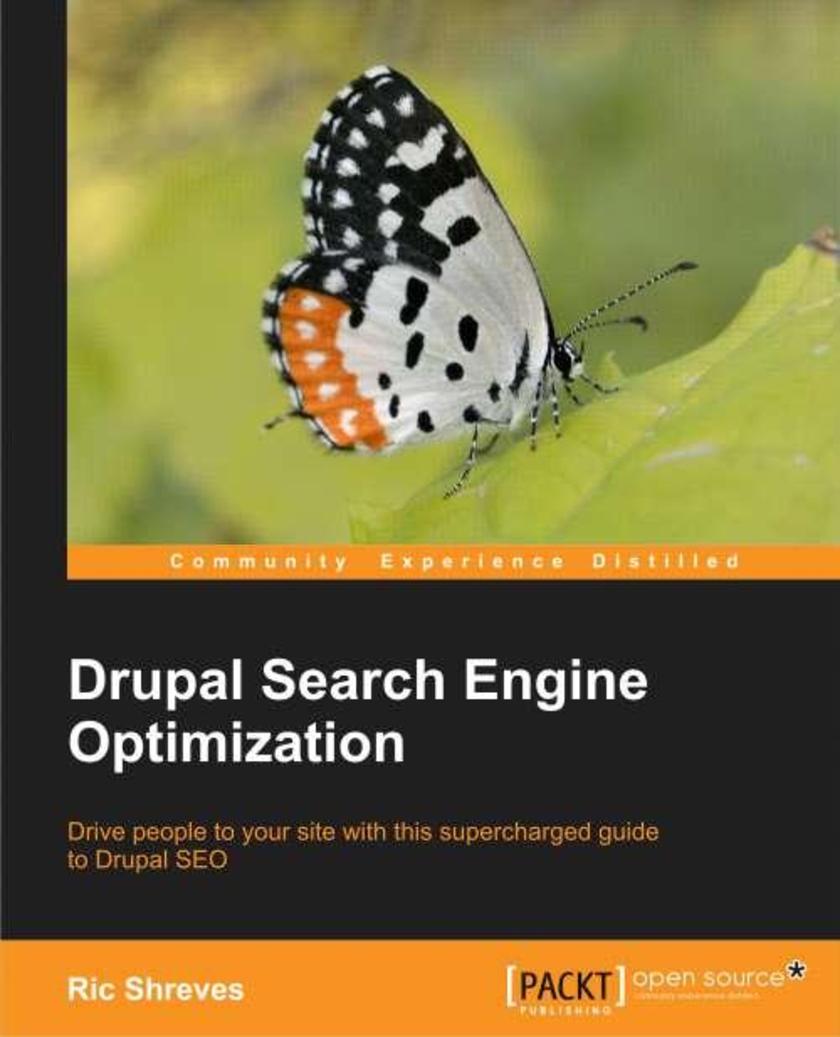
Drupal Search Engine Optimization
¥54.49
The book will take a hands-on approach to the process involved in configuring a site for SEO. As SEO is an on-going process – it doesn’t stop once the site is built – the book will provide reusable tips and techniques in order to understand what they have to do after the site is live,This book targets site builders, webmasters and site owners. Advanced technical skills are not required, though the user should be familiar with administering a Drupal website.
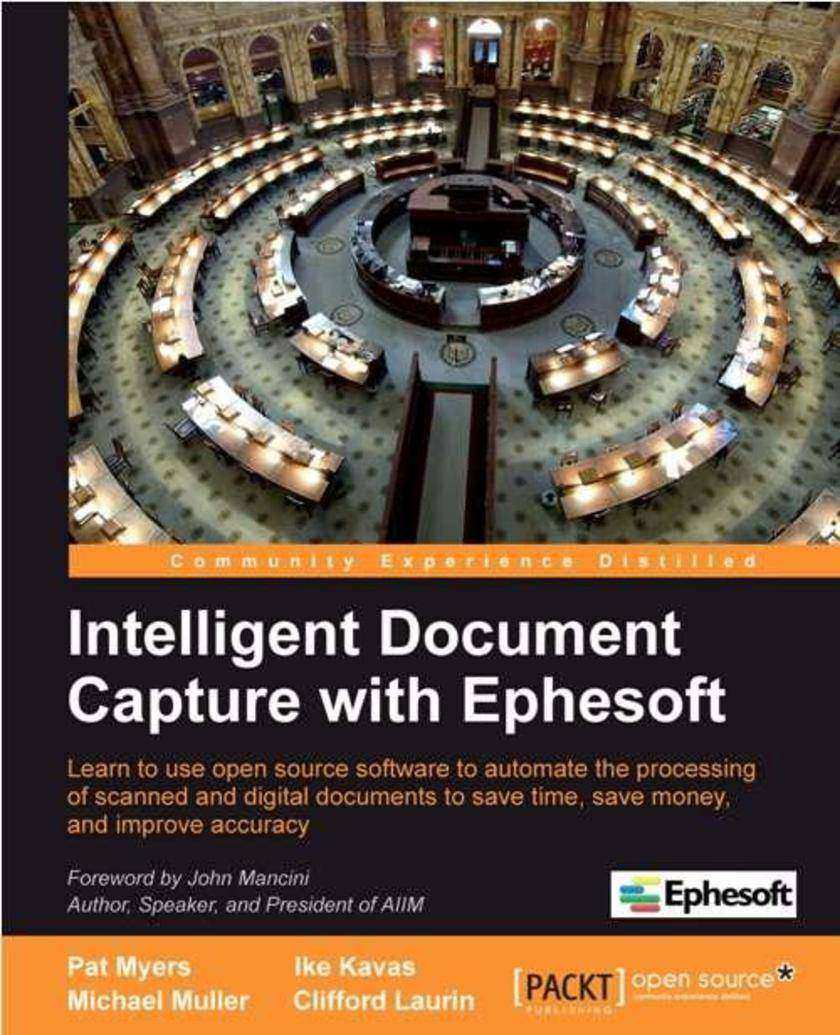
Intelligent Document Capture with Ephesoft
¥71.93
Written in easy to follow manner, this book is a complete guide to Document capture with Ephesoft,This book is intended for information technology professionals interested in installing and configuring Ephesoft for their organization, but it is a valuable resource for anyone interested in learning about document capture in general.
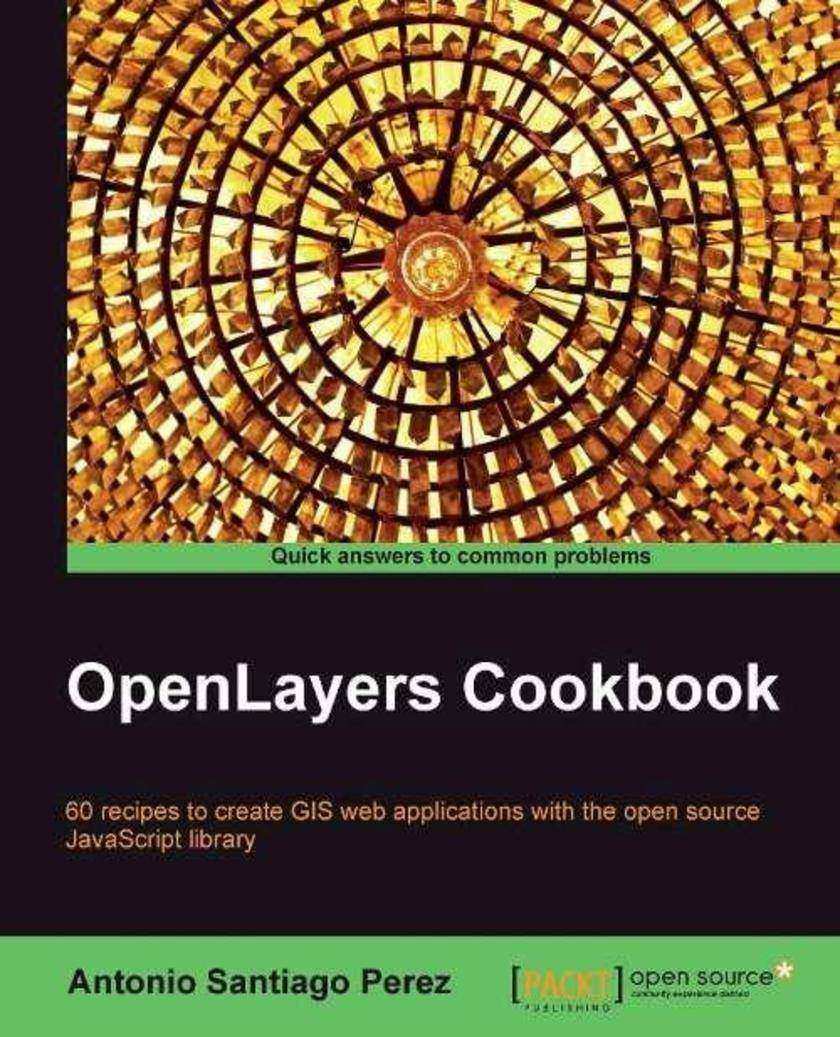
OpenLayers Cookbook
¥80.65
This cookbook follows a problem-solution approach to doing important tasks and is packed with examples accompanied by the necessary code and screenshots. If you are a GIS-related professional with some basic knowledge of web technologies and want to start or gain in-depth knowledge of creating web mapping applications, this book is written for you. The recipes are appropriately mixed to suit JavaScript newbies or experts and cover basic to advanced topics on OpenLayers.
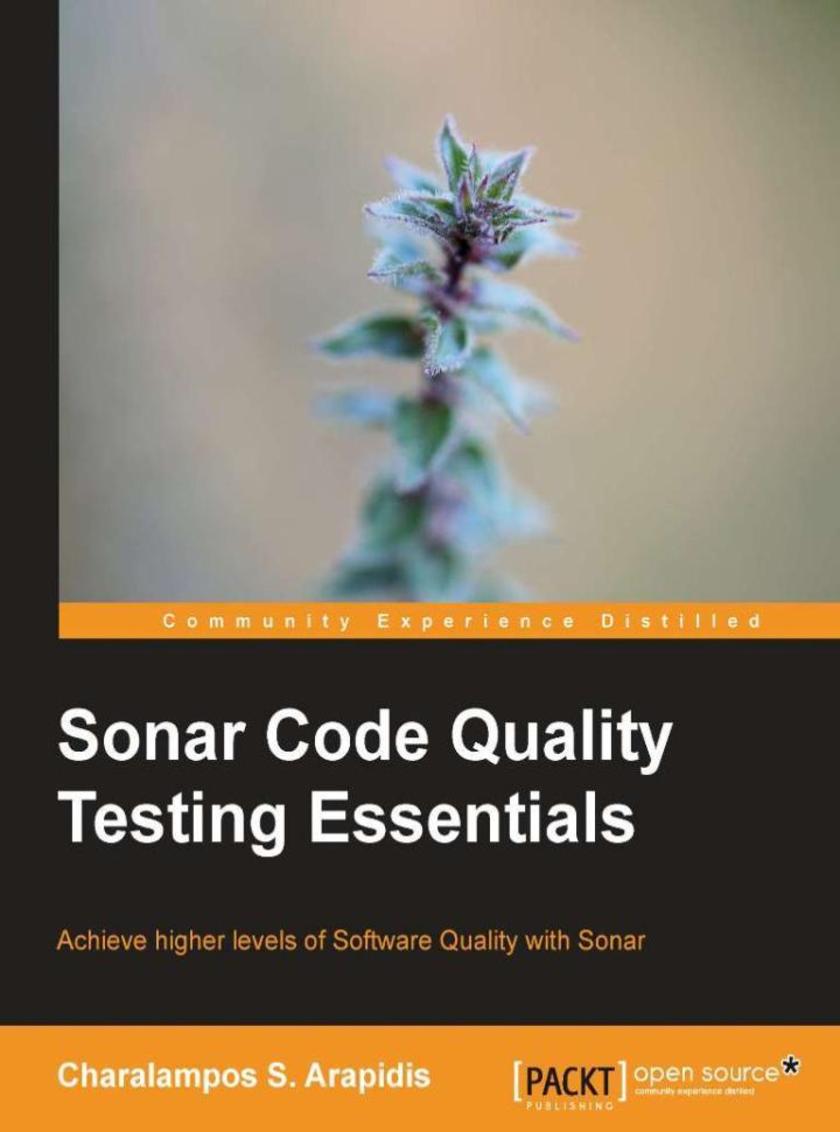
Sonar Code Quality Testing Essentials
¥90.46
This is a step-by-step tutorial enriched with practical examples and the necessary screenshots for easy and quick learning. This book is for you if you are a Java developer or a Team Manager familiar with Java and want to ensure the quality of your code using Sonar. You should have a background with Java and unit testing in general.
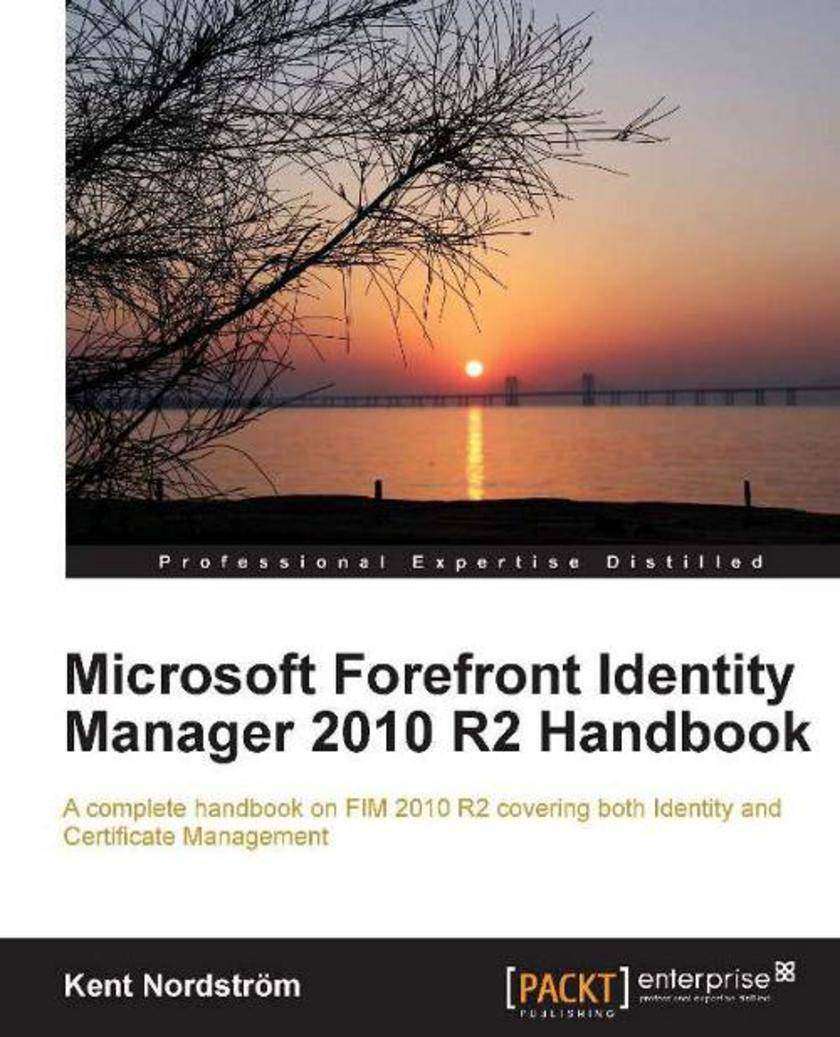
Microsoft Forefront Identity Manager 2010 R2 Handbook
¥99.18
Throughout the book, we will follow a fictional company, the case study will help you in implementing FIM 2010 R2. All the examples in the book will relate to this fictive company and you will be taken from design, to installation, to configuration of FIM 2010 R2. If you are implementing and managing FIM 2010 R2 in your business, then this book is for you. You will need to have a basic understanding of Microsoft based infrastructure using Active Directory. If you are new to Forefront Identity Management, the case-study approach of this book will help you to understand the concepts and implement them.
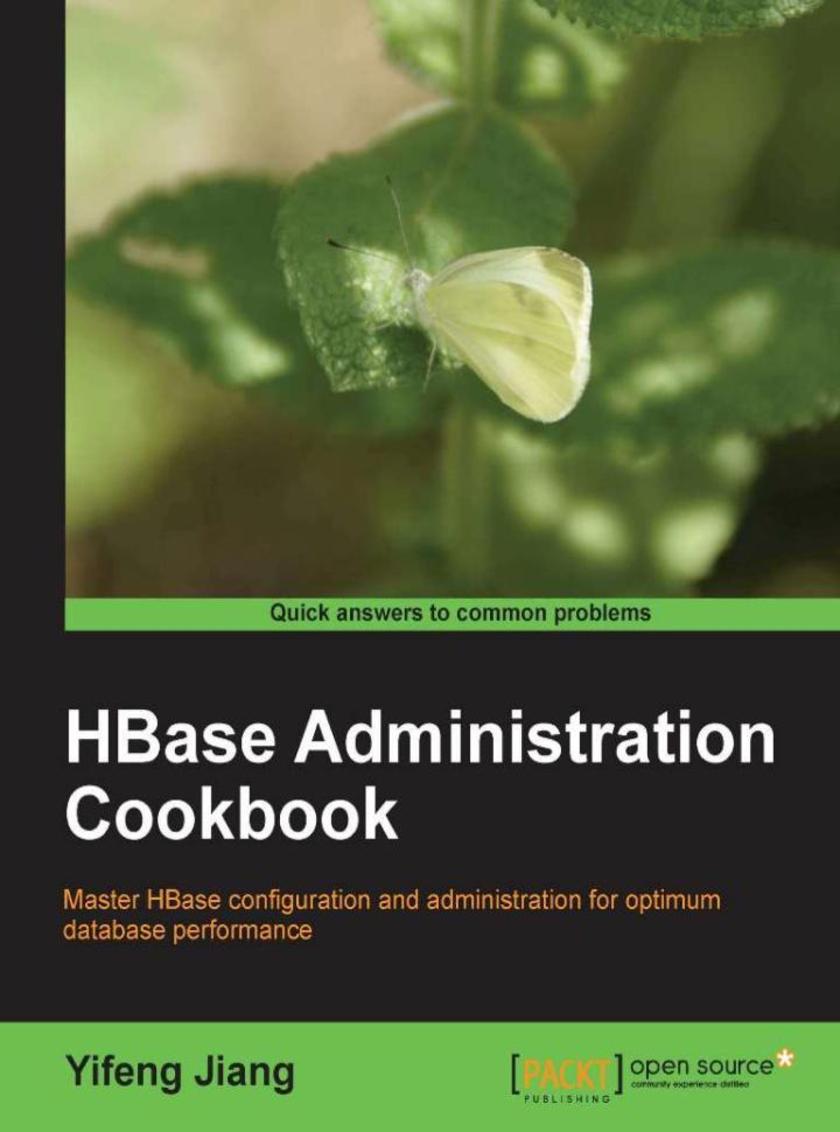
HBase Administration Cookbook
¥90.46
As part of Packt’s cookbook series, each recipe offers a practical, step-by-step solution to common problems found in HBase administration. This book is for HBase administrators, developers, and will even help Hadoop administrators. You are not required to have HBase experience, but are expected to have a basic understanding of Hadoop and MapReduce.
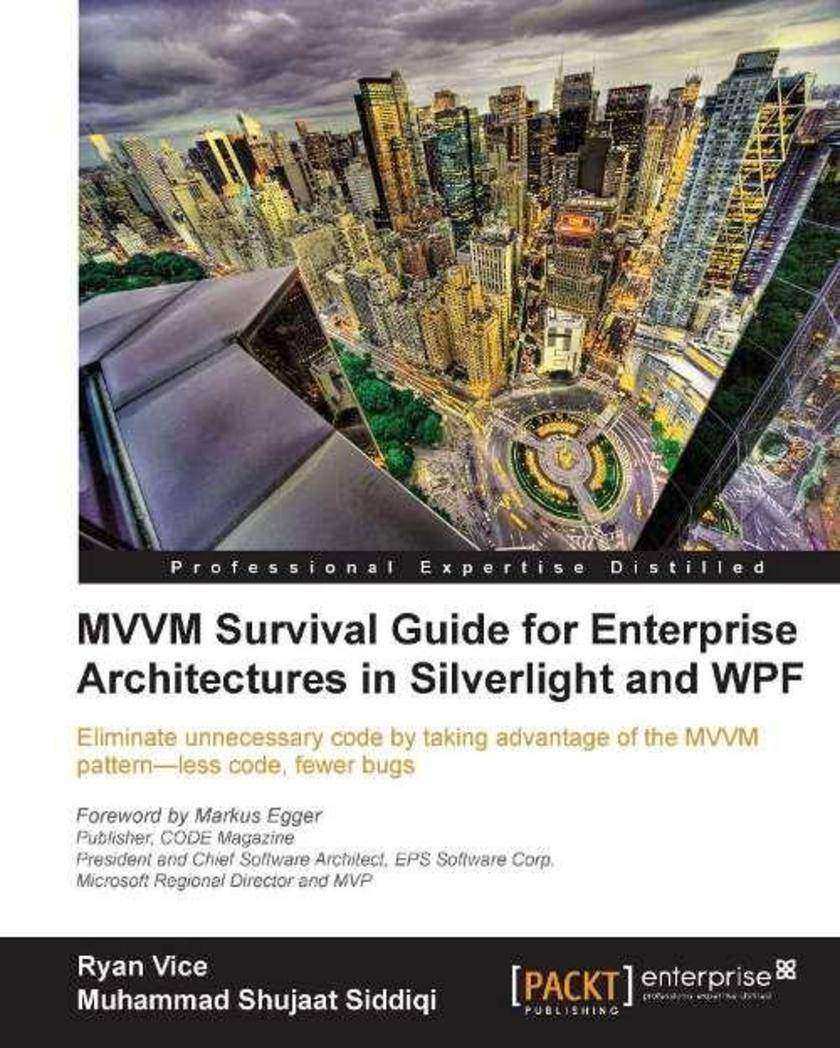
MVVM Survival Guide for Enterprise Architectures in Silverlight and WPF
¥90.46
This book combines practical, real-world examples with all the background material and theory you need The concepts are explained with a practical LOB enterprise application that is gradually built through the course of this book. MVVM offers lots of design choices and the author shows examples of each of these approaches, by changing the code to achieve the same results. This book will be a valuable resource for Silverlight and WPF developers who want to fully maximize the tools with recommended best practices for enterprise development. This is an advanced book and you will need to be familiar with C#, the .Net framework, and Silverlight or WPF.
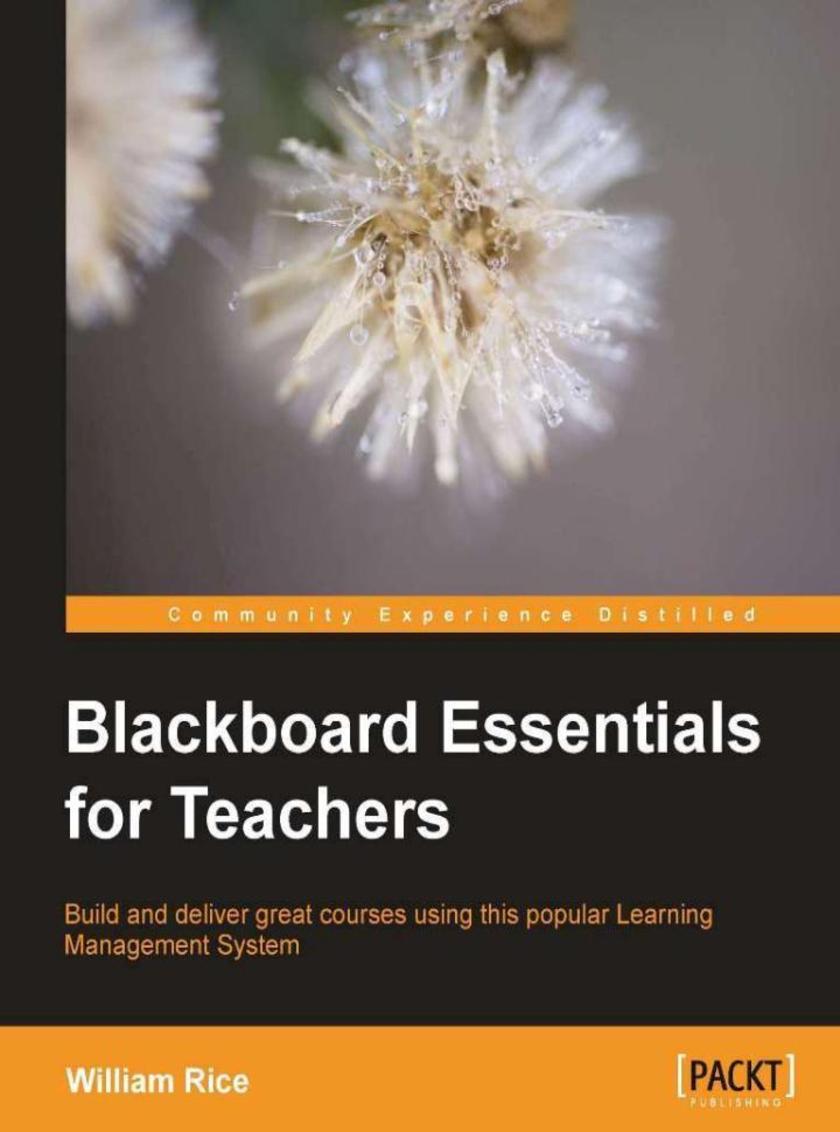
Blackboard Essentials for Teachers
¥90.46
This book develops a sample site with lots of step-by-step instructions and screenshots to get you up and running in no time at all. If you are a teacher or course builder, you need only basic computer skills to get the most from this book. You don’t need any background in online teaching or building Web pages.
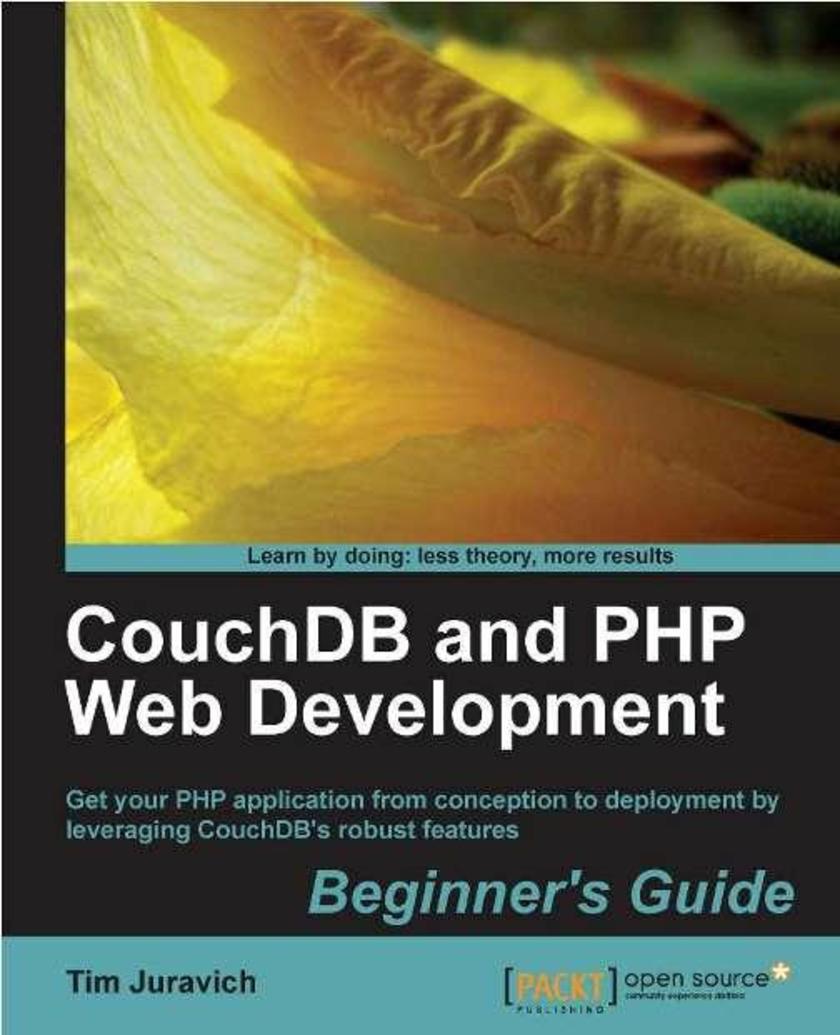
CouchDB and PHP Web Development Beginner's Guide
¥80.65
Each chapter follows the creation of a social networking application with step-by-step instructions. This means that you will have easily created a complete, working application by the end of the book. This book is for beginner and intermediate PHP developers interested in using CouchDB development in their projects. Advanced PHP developers will appreciate the familiarity of the PHP architecture and can easily learn how to incorporate CouchDB into their existing development experiences.
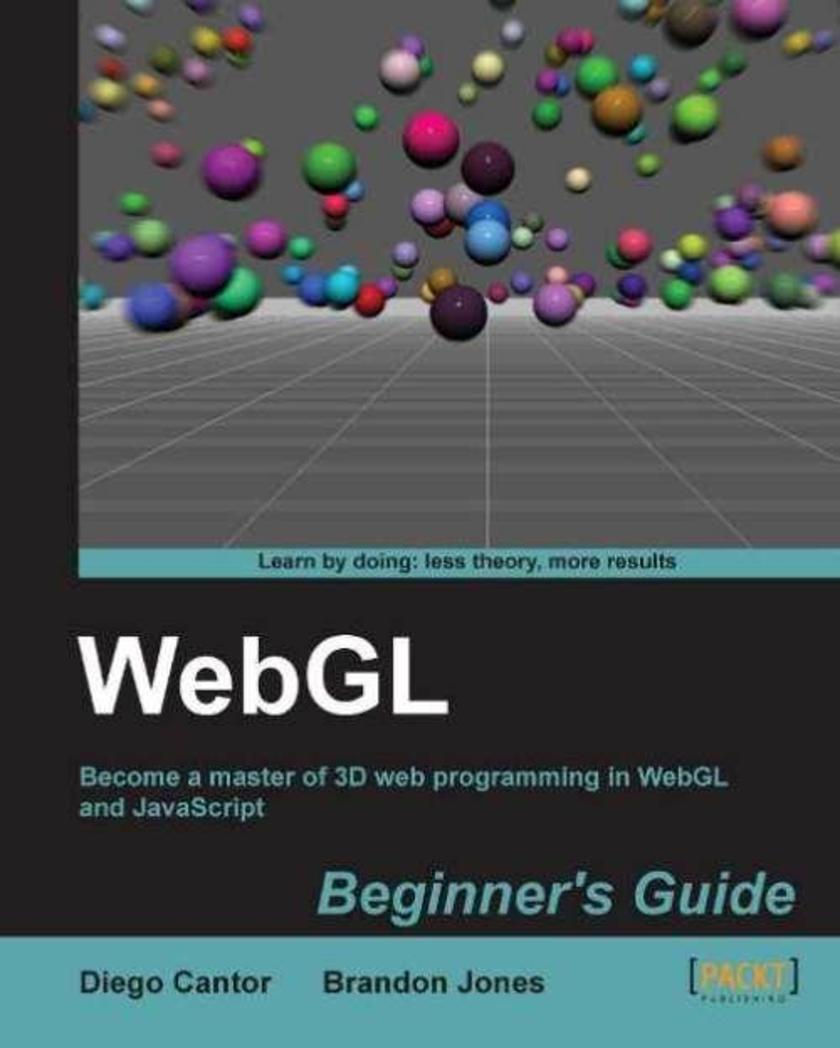
WebGL Beginner's Guide
¥80.65
This book is a step-by-step tutorial that includes complete source code for all of the examples covered. Every chapter builds on top of the previous one thereby giving the reader an immediate feeling of progression. Each block of code is explained, and 3D web development concepts are diagrammed and covered in detail. This book is written for JavaScript developers who are interested in 3D web development. A basic understanding of the DOM object model and the jQuery library is ideal but not required. No prior WebGL knowledge is expected.

WordPress for Education
¥54.49
WordPress for Education is full of screenshots, practical examples, step-by-step instructions, and best practices for using WordPress in an educational setting. WordPress for Education is written for educators and education personnel interested in implementing WordPress in a classroom setting. You are not required to have previous experience of WordPress or any other content management system.
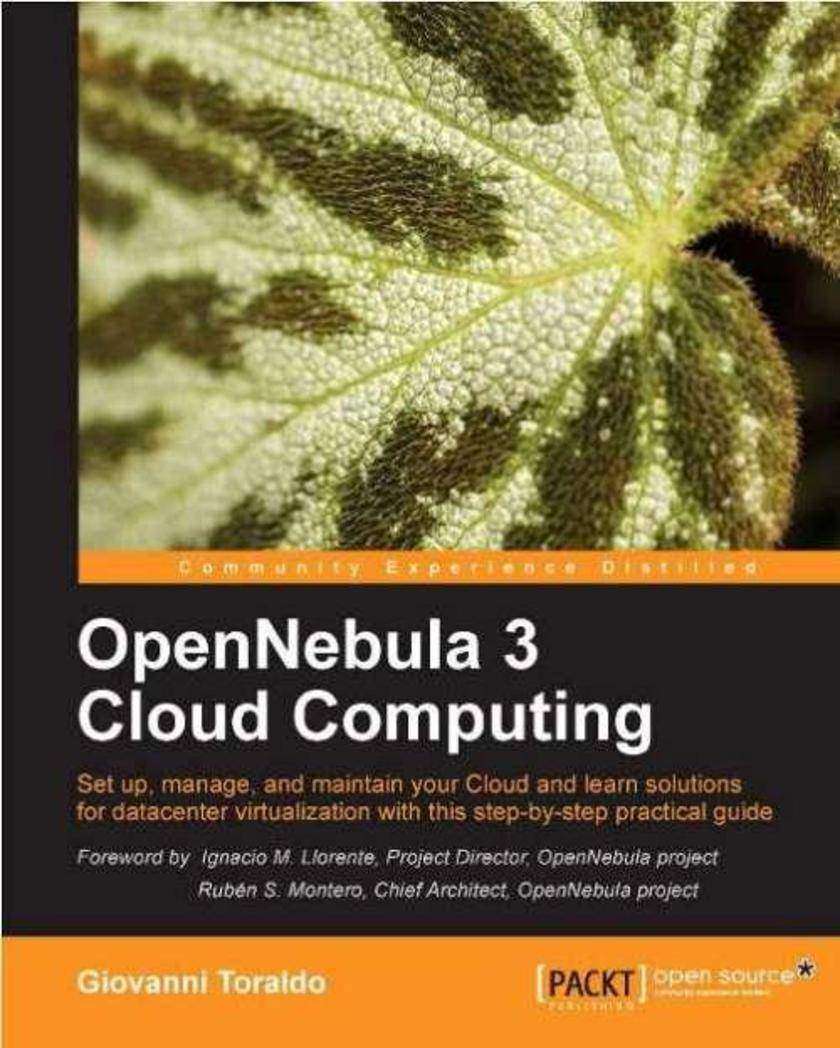
OpenNebula 3 Cloud Computing
¥107.90
This is a step-by-step practical guide to get you started easily with openNebula. It guides you to build, maintain, and configure your cloud infrastructure, providing real-world examples in a simple and coherent manner. If you are a GNU/Linux system administrator with no experience with virtualization or cloud computing but eager to learn about it, or you are thwarted by your current virtualized infrastructure, this book is for you. You are expected to have some basic knowledge of GNU/Linux, with knowledge of basic package management tools and system configuration.
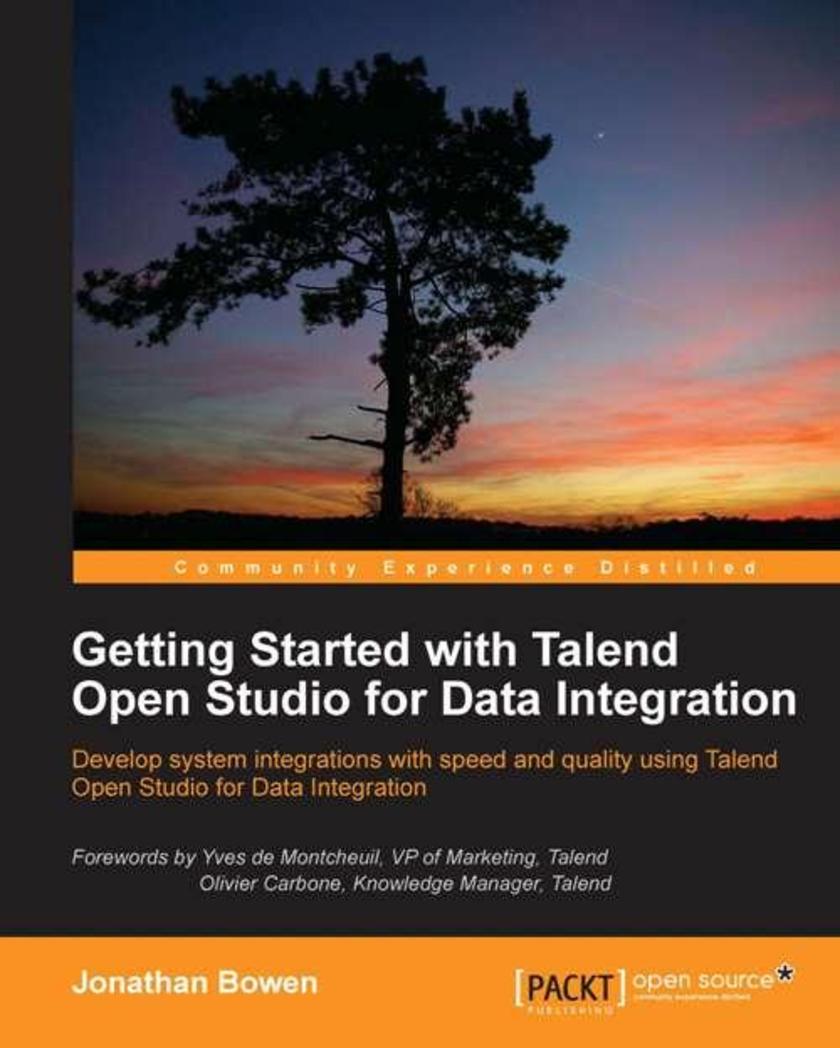
Getting Started with Talend Open Studio for Data Integration
¥80.65
"Getting Started with Talend Open Studio for Data Integration" takes a step-by-step, hands-on approach to learning with lots of examples and clear instructions. Are you a developer, business analyst, project manager, business intelligence specialist, system architect or a consultant who needs to undertake integration projects, then this book is for you. The book assumes a certain level of familiarity with Relational database management systems with SQL and experience and Java.

Oracle APEX Best Practices
¥90.46
In clearly written chapters you will be guided through different aspects of Oracle Application Express. Varying from setting up your environment to maximizing SQL and PL/SQL. Examples are given based on a simple but appealing case. This book is filled with best practices on how to make the most of Oracle APEX. Developers beginning with application development as well as those who are experienced will benefit from this book. You will need to have basic knowledge of SQL and PL/SQL to follow the examples in this book.
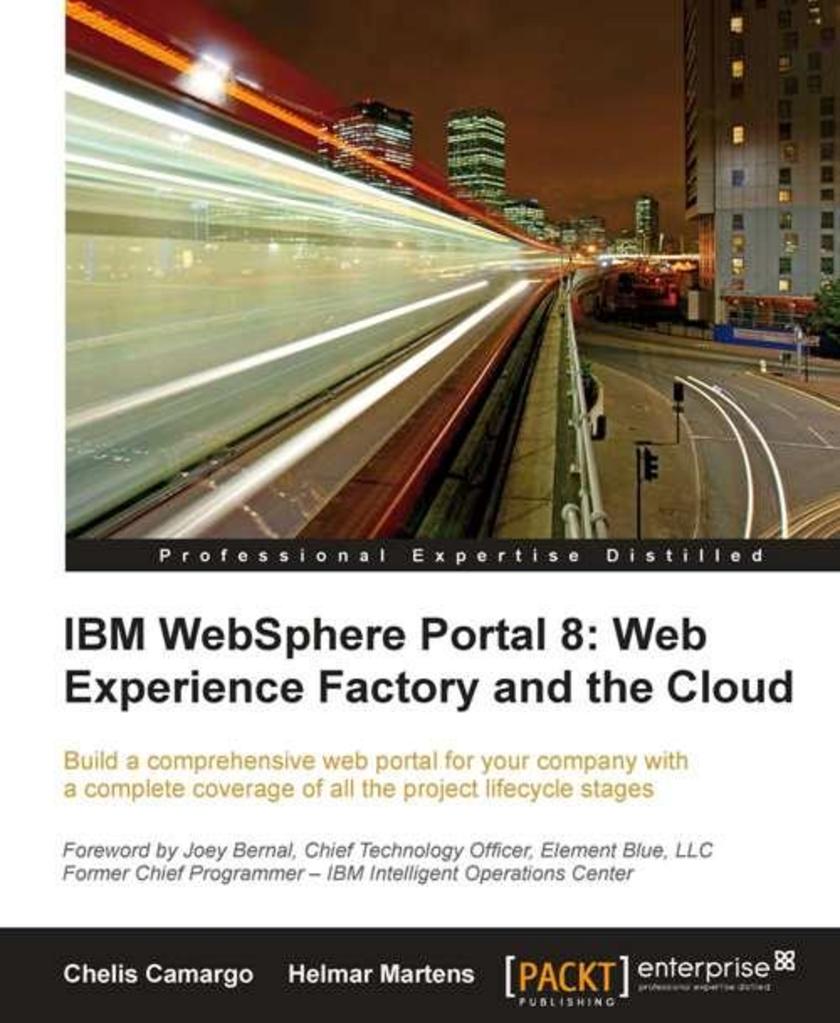
IBM Websphere Portal 8: Web Experience Factory and the Cloud
¥107.90
This book is written in simple, easy to understand format with lots of screenshots and step-by-step explanations. If you are an IBM WebSphere Portal developer, looking to develop and enhance enterprise portals by understanding the complete portal project lifecycle, then this is the best guide for you. This book assumes that you have a fundamental knowledge of working in the WebSphere Portal environment.

XNA 4 3D Game Development by Example: Beginner's Guide
¥90.46
This book is a step-by-step tutorial that includes complete source code for all of the games covered. It adopts an engaging style to teach all the game development concepts. Each block of code is explained, and game development concepts are diagrammed and covered in detail. Each game begins with a concept de*ion and concludes with suggestions for expanding on the finished game. This book is intended for readers who want to create 3D games using the XNA Framework. Basic knowledge of the C# programming language and 2D XNA concepts are helpful, but not required.
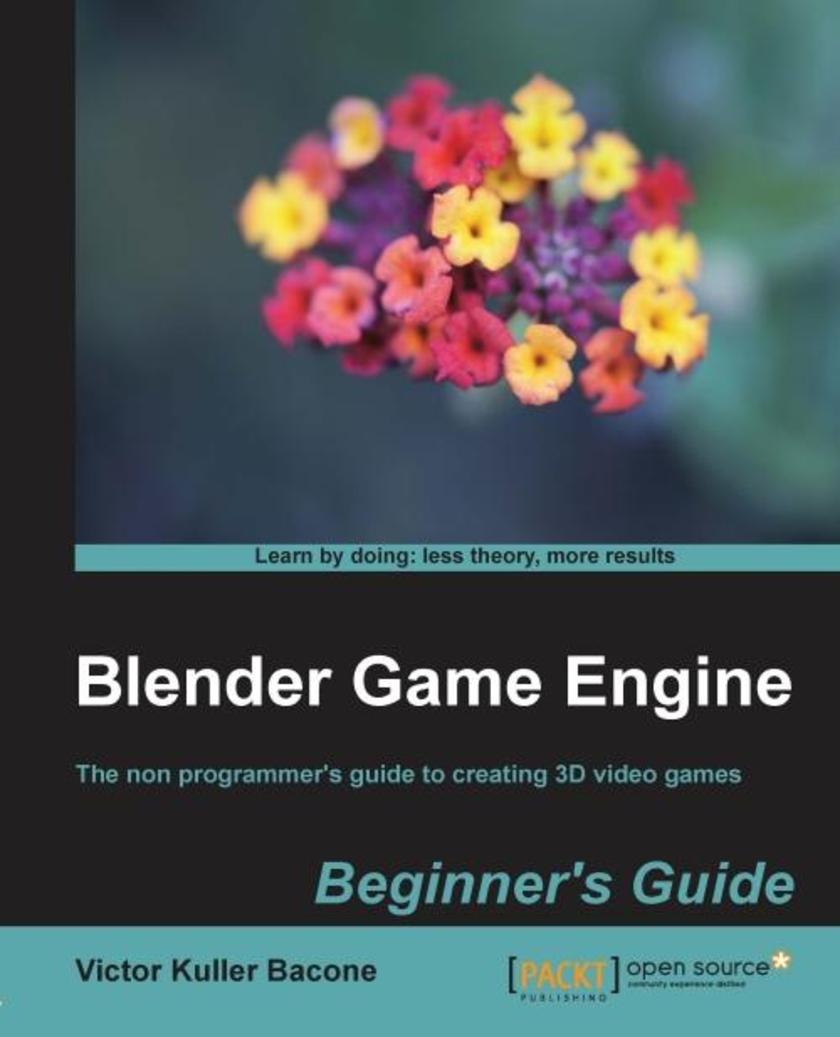
Blender Game Engine: Beginner’s Guide
¥71.93
Create a complete game step by step with no previous experience necessary. Practical tutorials take you through the entire process from beginning to end. If you have used Blender before but never got to grips with the Blender Game Engine (BGE), this book is for you. If you have tried and failed with other game development environments, or if *ing is not your strong point, this is where you should start.
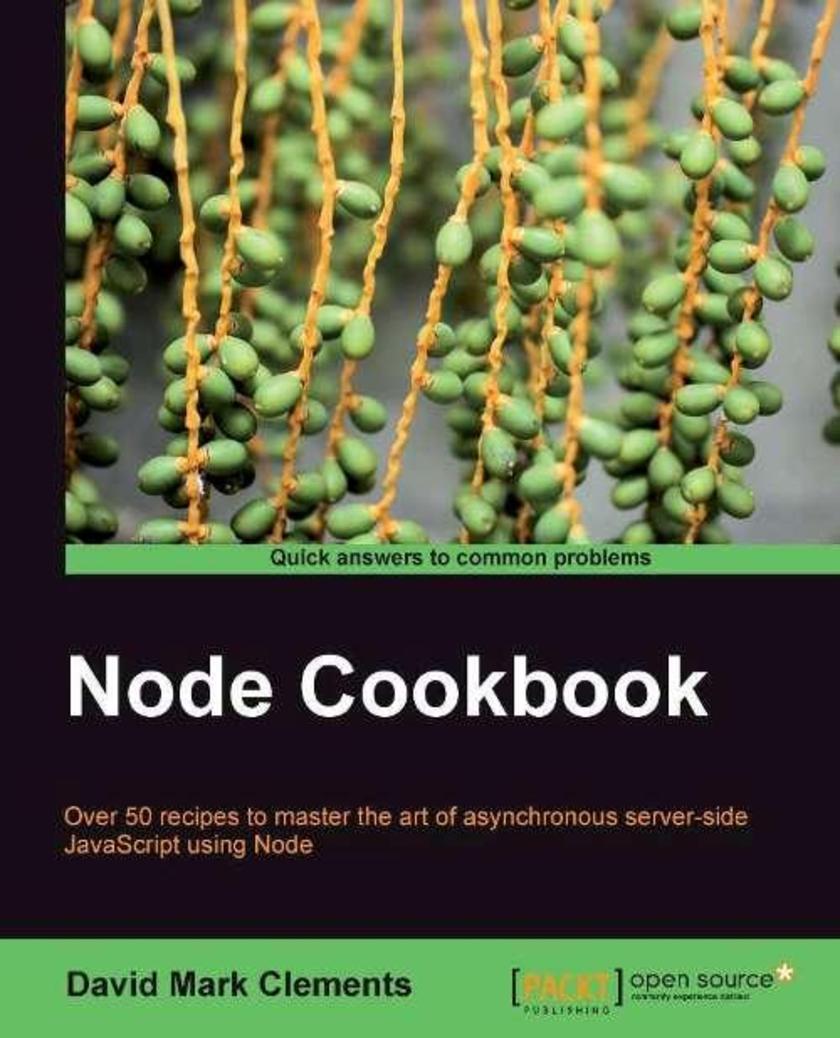
Node Cookbook
¥80.65
As part of Packt’s cookbook series, this book is packed with practical recipes that will get you working efficiently with Node from the start. Each chapter focuses on a different aspect of working with Node. If you have some knowledge of JavaScript and want to build fast, efficient, scalable client-server solutions, then Node Cookbook is for you. Experienced users of Node will improve their skills although even if you have not worked with Node before, these practical recipes will make it easy to get started.




 购物车
购物车 个人中心
个人中心



